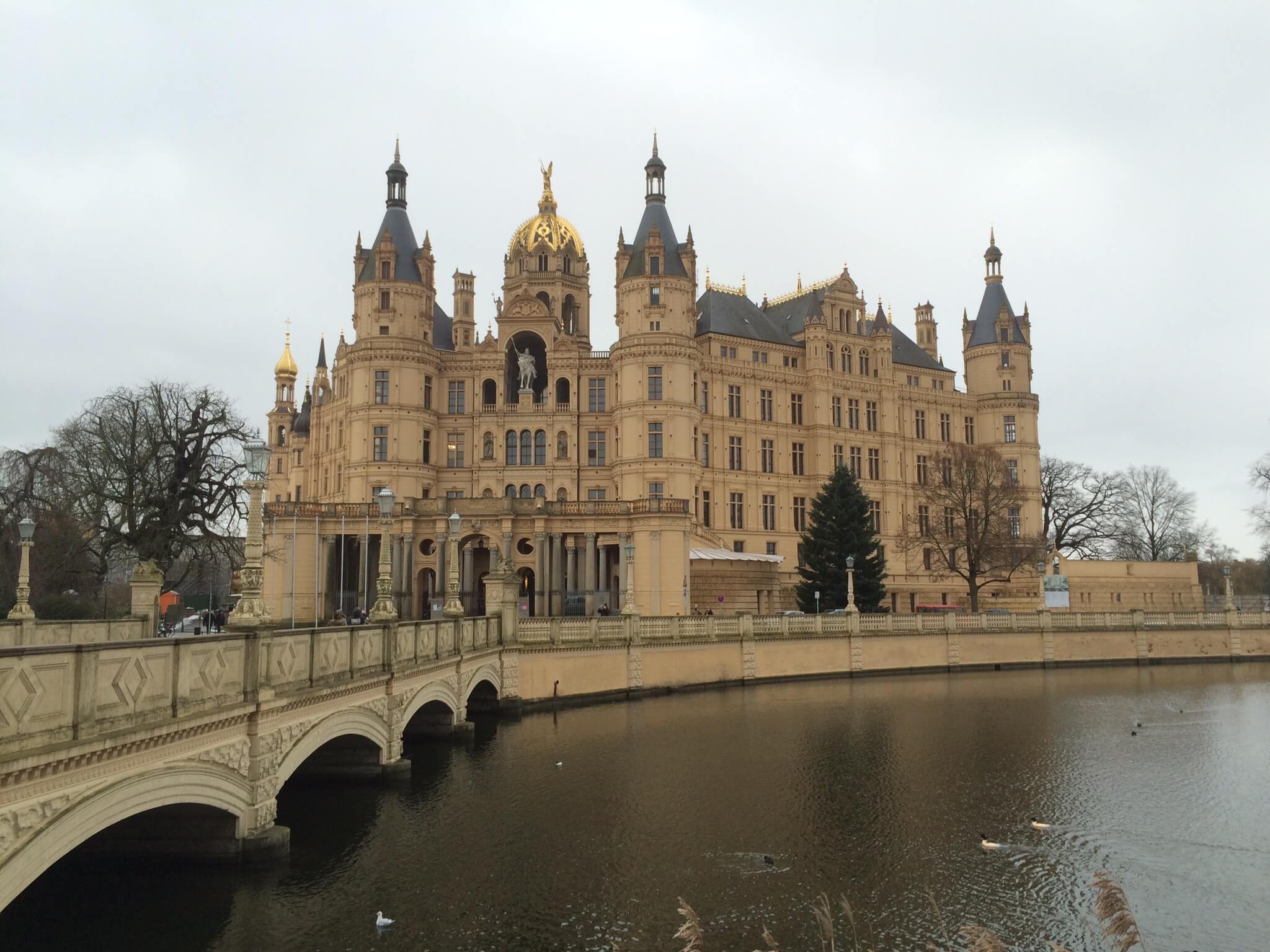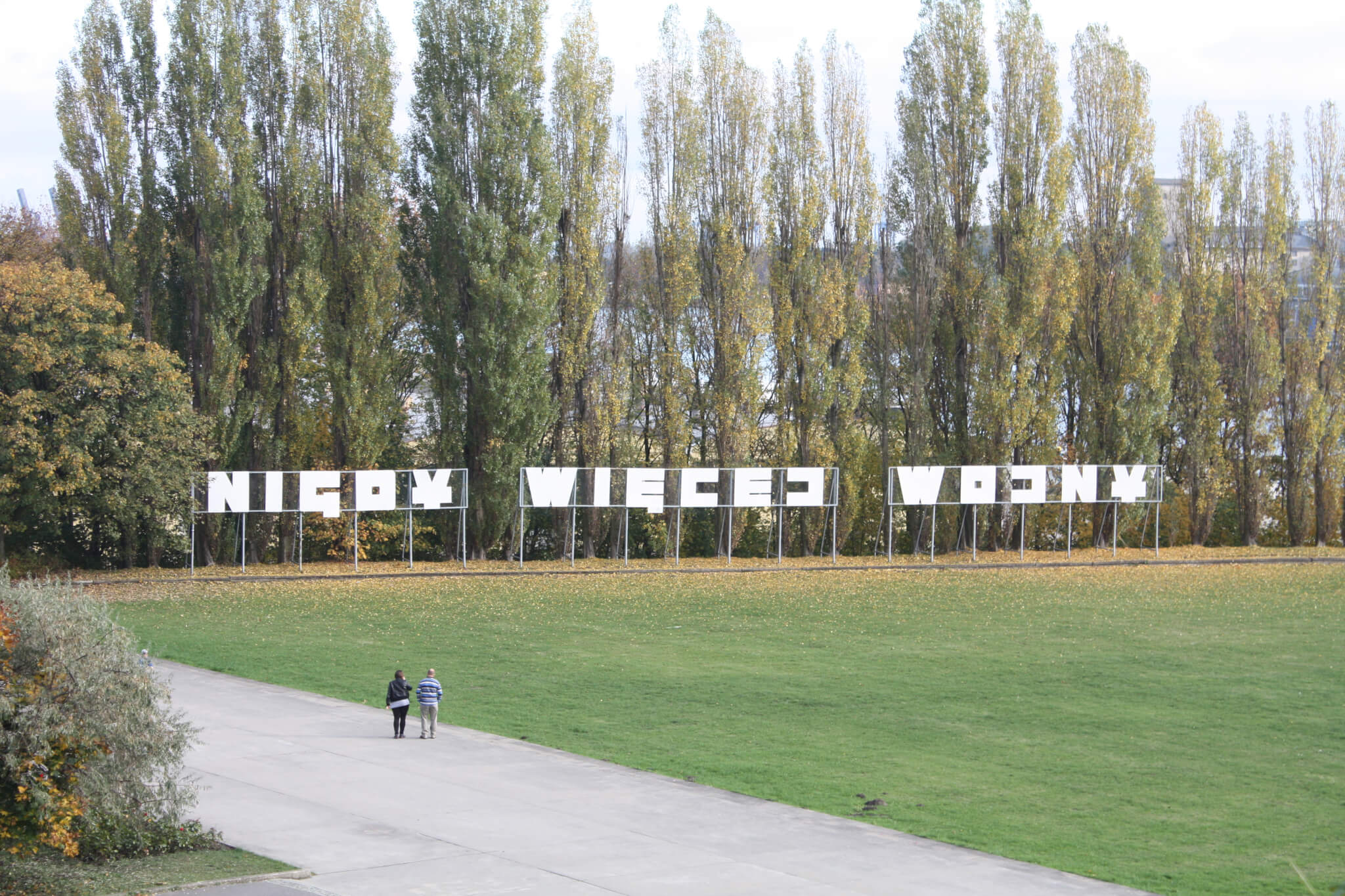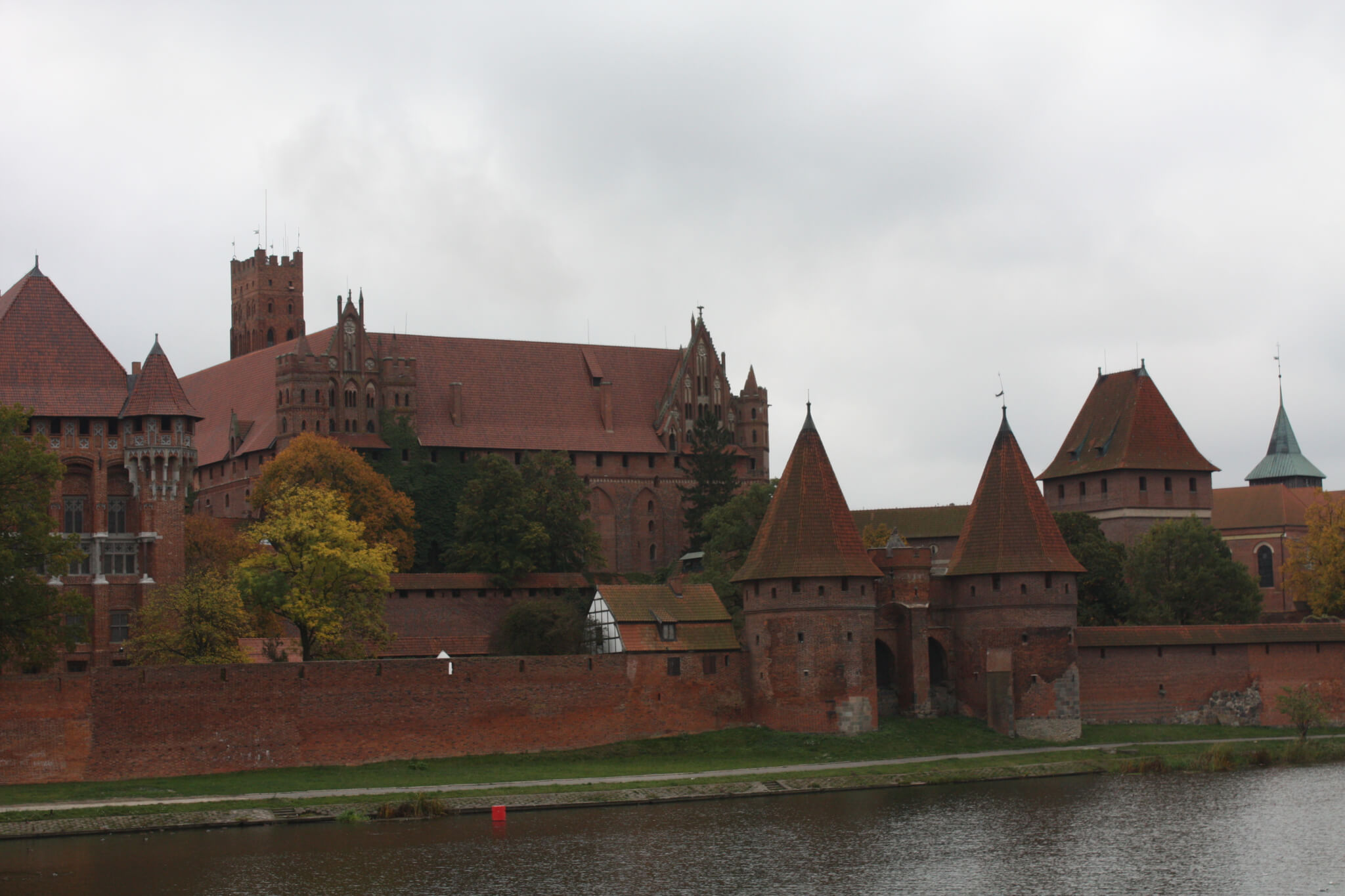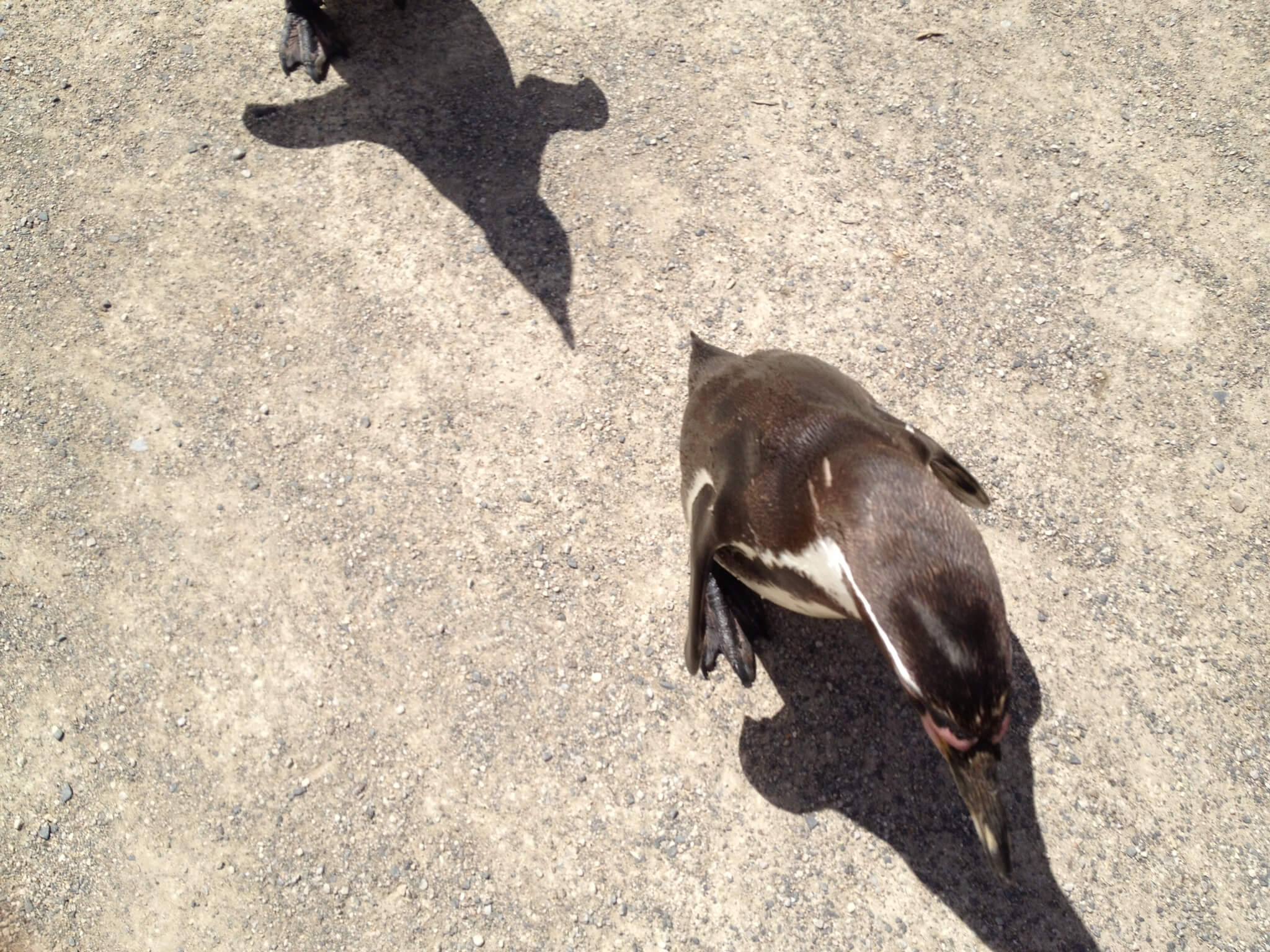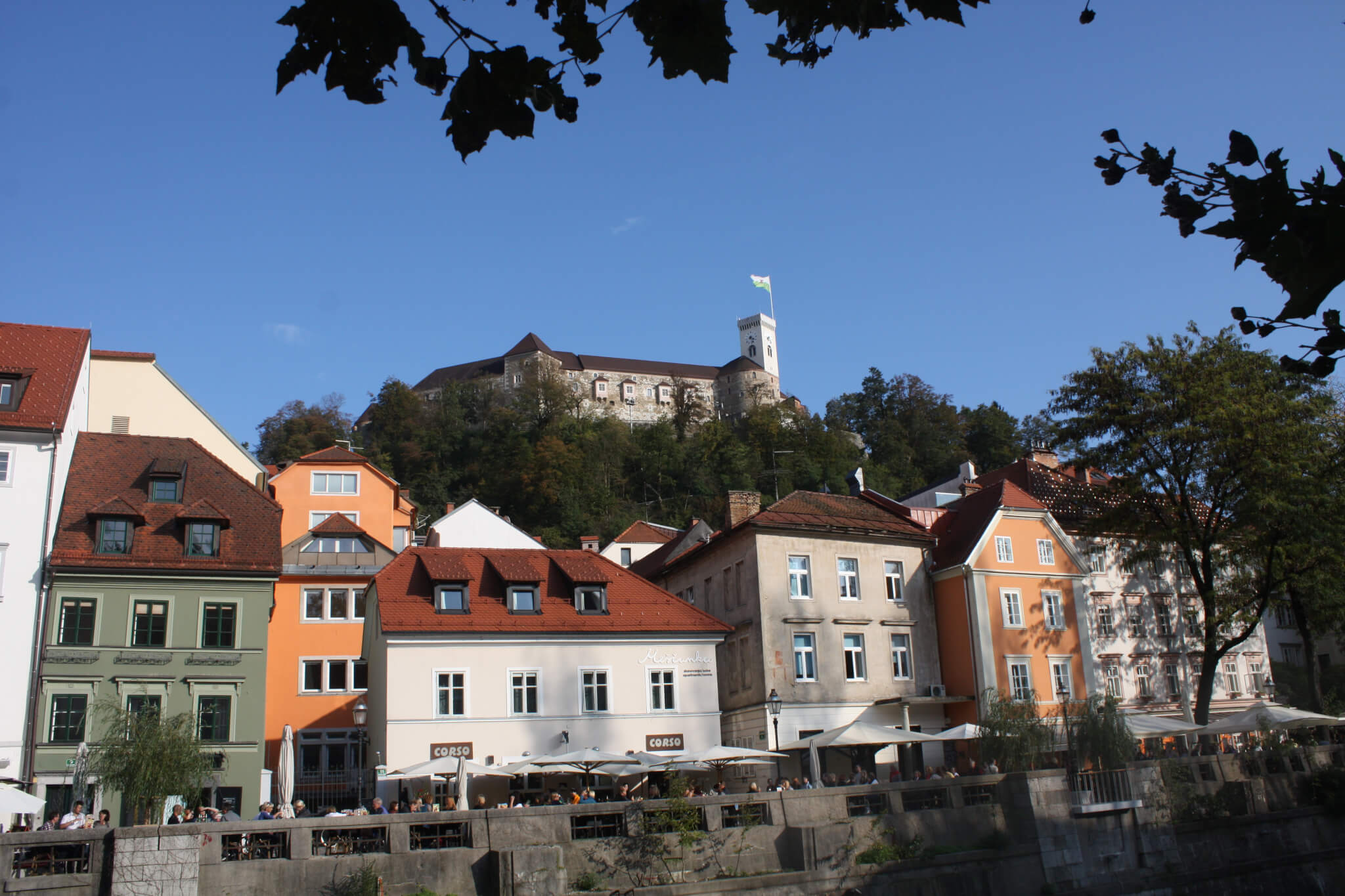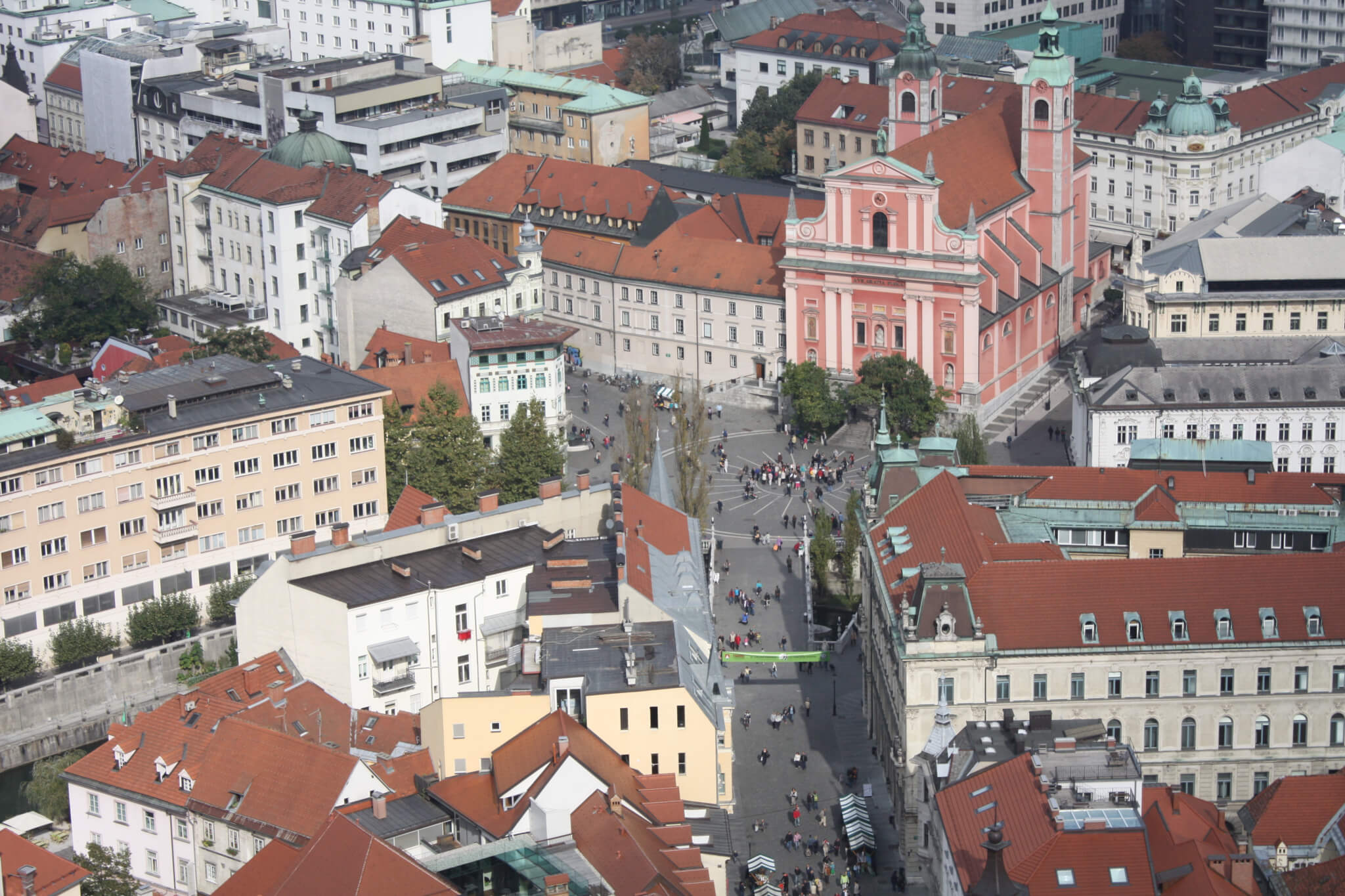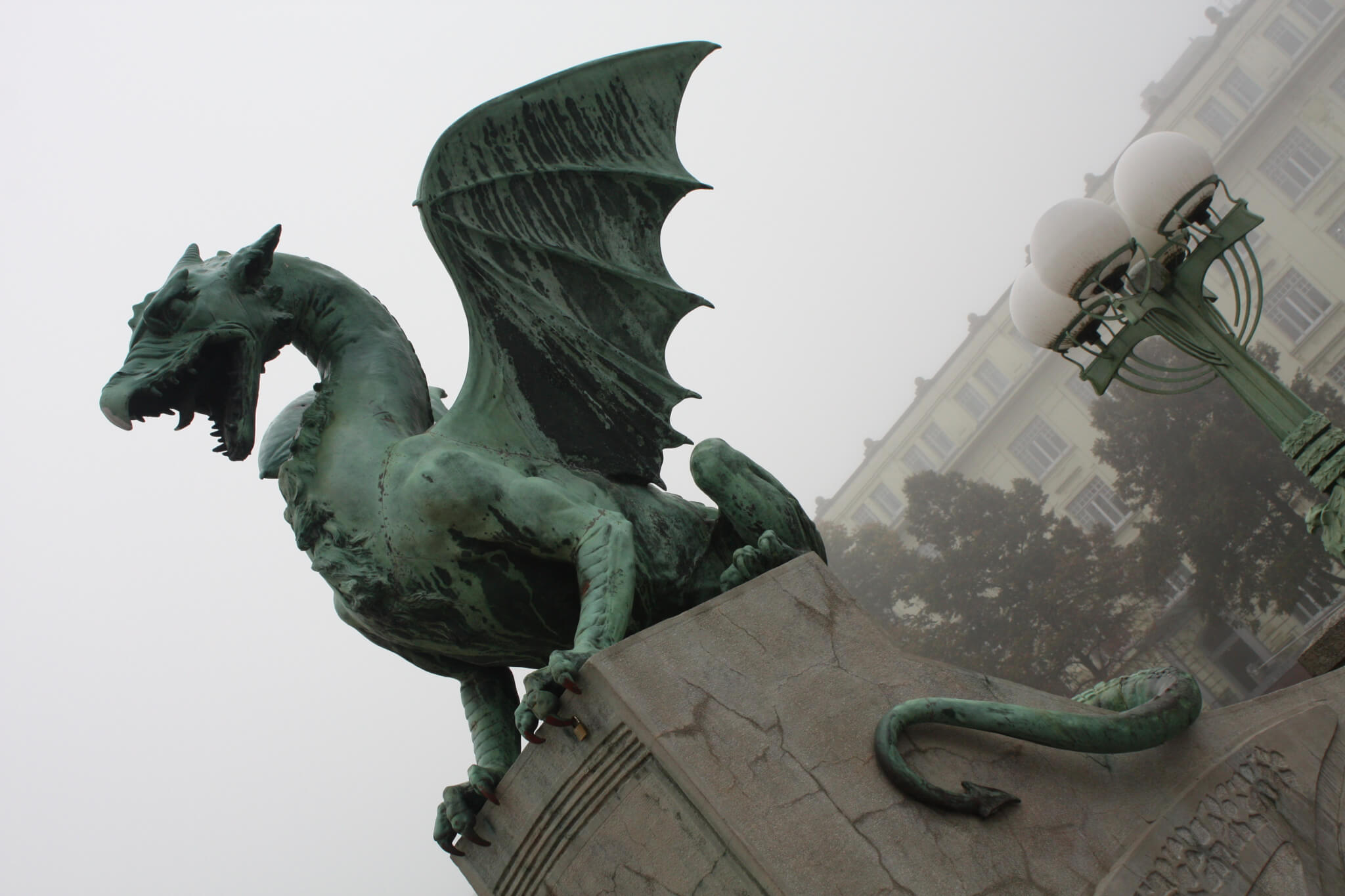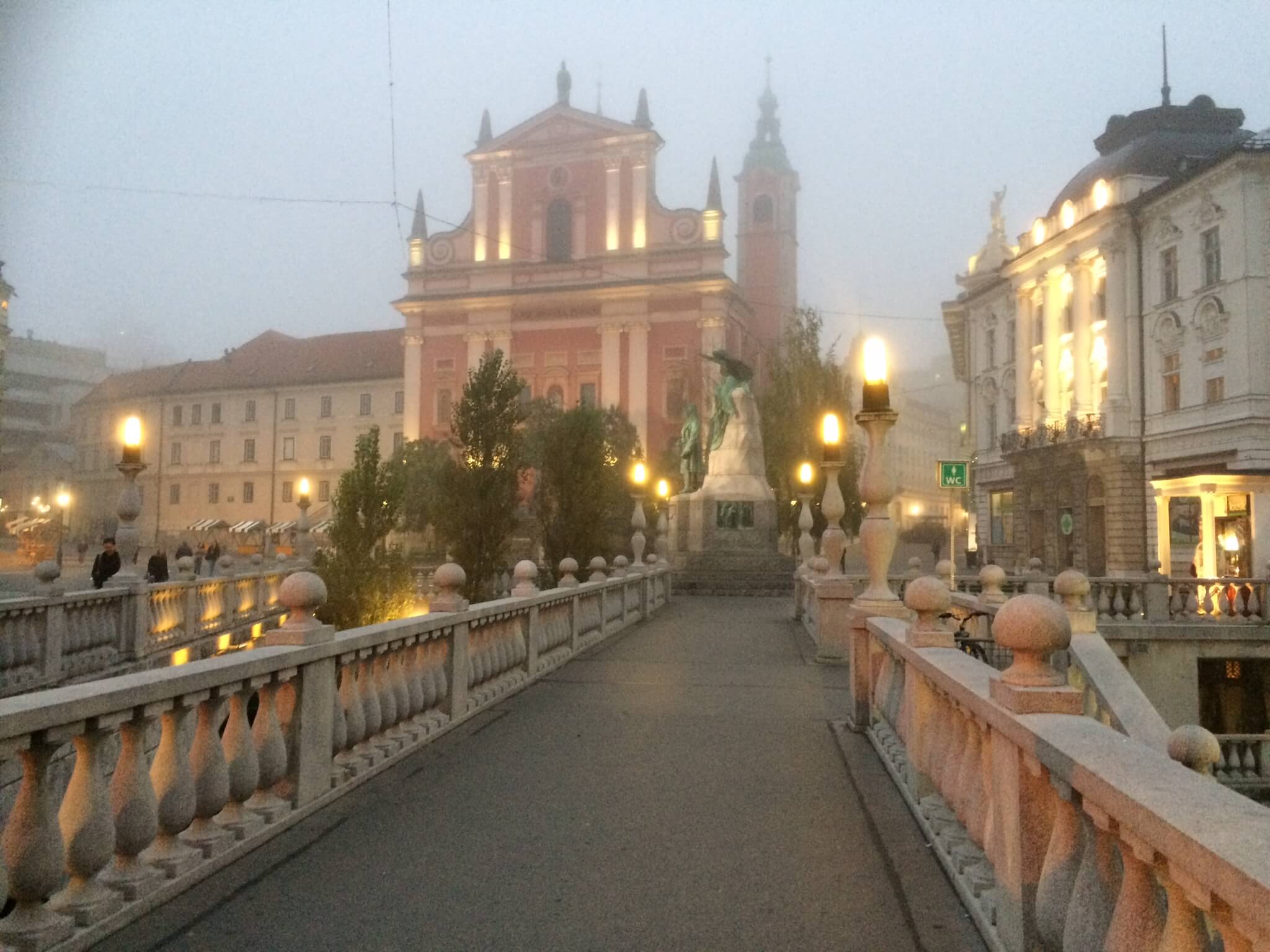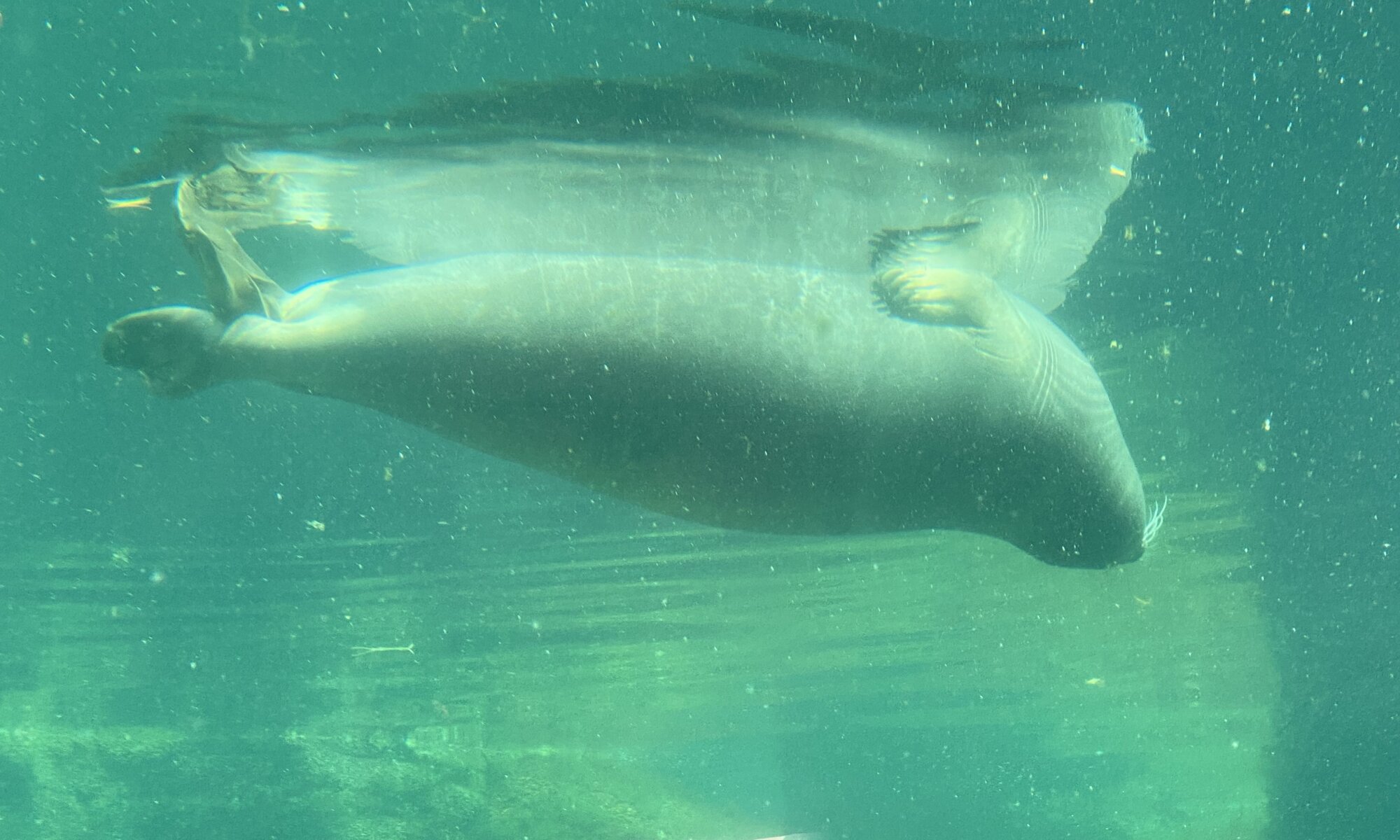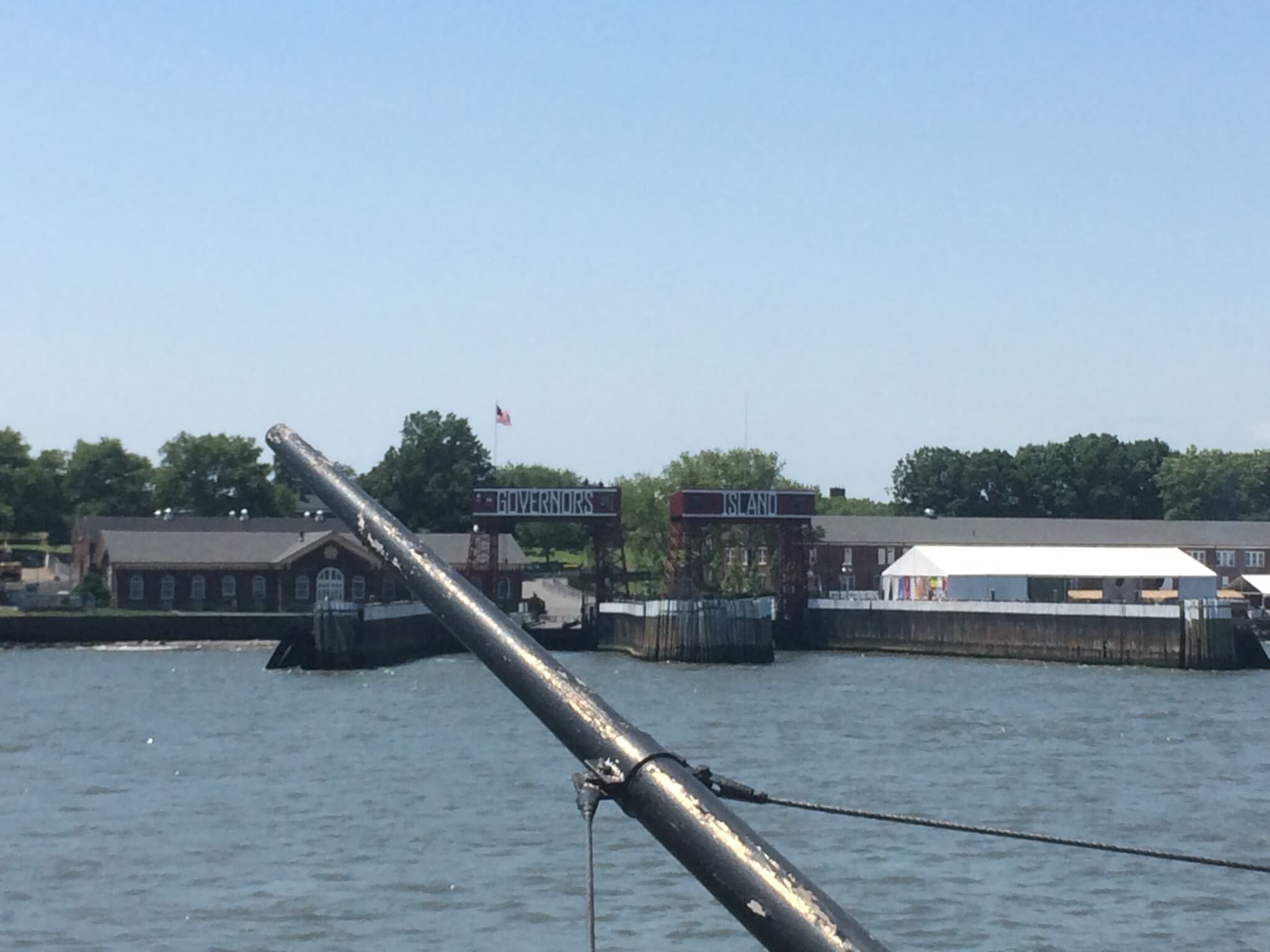Located on an island within the Schweriner See you’ll find Schwerin Palace, a stronghold from the year 1845. It is a designated World Heritage site and always worth a visit – even if it is only for a walk through the wonderful park.
Continue reading “The Romantic Palace of Schwerin”No more war
The Westerplatte is a peninsula close to Gdańsk, Poland. It is well known because it is the place where World War II started. By that time Gdańsk (“Danzig”) was an independent state with mostly German residents enclosed by Poland and the exclave Königsberg/Allenstein of the Deutsches Reich.
Continue reading “No more war”Home to the German Order
Located 60 km southeast of Gdańsk, Poland you will find Malbork (Marienburg) close to the river Nogat. Its prime feature is Malbork Castle, a fortification built by the knights of the German Order in the 13th century. It is constructed in Brick Gothic style, normally common in northern Germany.
Continue reading “Home to the German Order”Penguin, meerkat & otter
Travelling with childrens? Not far from Hann. Münden and Göttingen you can find the Sababurg, an ancient castle from the year 1334. It is named “Dornröschenschloss” after the famous tales of the Brothers Grimm. In fact, most people visit this place for the zoological garden close by.
Continue reading “Penguin, meerkat & otter”Ljubljanski grad
High above the old city center of Ljubljana, Slovenia you can find the wonderful castle of Ljubljana. The medieval fortress on Castle hill has been built in the 11th century and is visible from all over Ljubljana.
Continue reading “Ljubljanski grad”Around Prešernov trg
The main square of Ljubljana, Slovenia (Prešernov trg) is in fact a circle. From there you can easily explore the main sights of Ljubljana. Close to this place you’ll find the three bridges (Tromostovje), the franciscan church (Frančiškanska cerkev), the central market and the cathedral of Ljubljana.
Continue reading “Around Prešernov trg”Jason, the Argonauts and the dragon
The town’s landmark of Ljubljana, Slovenia is situated on Zmajski most – the Dragon bridge crossing Ljubljanica river. As the legend says, Ljubljana was founded by Jason and his Argonauts who have slain a dragon here. The bridge is close to the city center and to the amusement street Trubarjeva cesta.
Continue reading “Jason, the Argonauts and the dragon”Mist over Tromostovje
I arrived in Ljubljana, Slovenia by night train. Much before sunrise a Croatian railway employee woke me up, supplied me with a plastic cup of coffee and shortly before 6 am I found myself standing in front of Ljubljana main station. This obscure situation gave me the possiblity to see Ljubljana in a way, most tourists don’t get to see.
Continue reading “Mist over Tromostovje”Zoo of Frankfurt
The zoological garden of Frankfurt am Main, Germany has been opened in 1858 – and is therefore the second oldest zoo in Germany. It is definitely not the most modern and best zoo, but if you’re travelling with children it is always fun. Watching the sea lions in their new territory is great!
Continue reading “Zoo of Frankfurt”Governors Island
If you are in Manhattan and need some green fields, trees and a place for a picnic, a short boat trip is helpful. Close to the southern tip of Manhattan Island there is Governors Island, a place that was used by the U.S. forces until 1997. From 2003 on the island is open to the public and you can visit Fort Jay and Castle Williams.
Continue reading “Governors Island”
